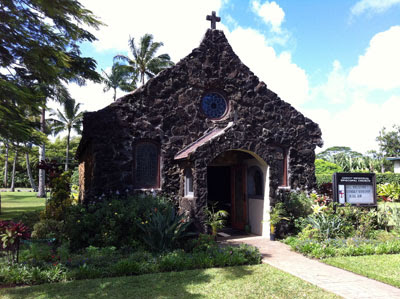The Jewelry of Bulgari: La Dolce Vita & Beyond
The history of Bulgari jewelry begins with the
patriarch of the Bulgari family, Sotirios, who moved with his father from
Greece to Italy in 1877. He started his
own jewelry company in Rome in 1884, where he sold silver objects, antiques and archaeological-revival jewelry. Today
the company he founded has a global presence and is run by the fourth generation of
Bulgaris as a part of the ultra luxury firm LVMH (Louis Vuitton Moet Hennessy).
The Art of Bulgari: LaDolce Vita & Beyond, 1950–1990 showcases
creations that range from classic Greco-Roman inspired designs to modern
geometric creations. The focal point of the exhibition is really the 1960s to
1990s, when the jewelry is known for bold and colorful pieces, mixing
semiprecious stones with diamonds, mounting ancient coins in gold jewelry and
creating easy-to-wear accessories made with unusual color combinations.
As it has been with so many
successful luxury houses, Bulgari’s cultivation of prominent patrons and movie
stars like Sophia Loren, Ingrid Bergman, and perhaps most notably, Elizabeth
Taylor, has been a key aspect of the jeweler’s reputation.
Possibly the most
famous set of jewelry was the emerald and diamond sautoir given by Richard
Burton to Elizabeth Taylor. He presented her with the pendant for their
engagement, and followed with the necklace for their wedding.
Color is a key to the most
spectacular and bold designs. Sautoirs, which are long necklaces terminated
with pendants, were extremely popular in the 1960s.
Our favorites are the
brooches. Beautiful flowers encrusted with diamonds and crowned with brilliant
yellow diamonds, cabochon emeralds or rubies. Bulgari was also well-known for the use of tremblers, jewelry where parts of the piece were set onto gold springs and would move, wiggle or tremble when the wearer moved.
In the 1970s, Bulgari
produced a line of more casual pieces featuring red, white and blue, partially
in commemoration of America’s bicentennial. They also brought out whimsical
pieces featuring birds and playing cards.
While Bulgari’s jewelry is
spectacular, so are some of the accessories like mirrors, clocks, desk sets and
handbags.
Some of the current offering from Bulgari continue with the design motifs of the past.
The exhibit is well worth the
hour or so it takes to view it and the de Young is a fabulous museum, so take
the time to explore. The Art of Bulgari: La
Dolce Vita & Beyond, 1950–1990 will be on display at the de
Young Museum in San Francisco’s Golden Gate Park through February 17, 2014.
(NOTE: Photos courtesy of the de Young Museum and from the Bulgari website.)





























Comments
Post a Comment